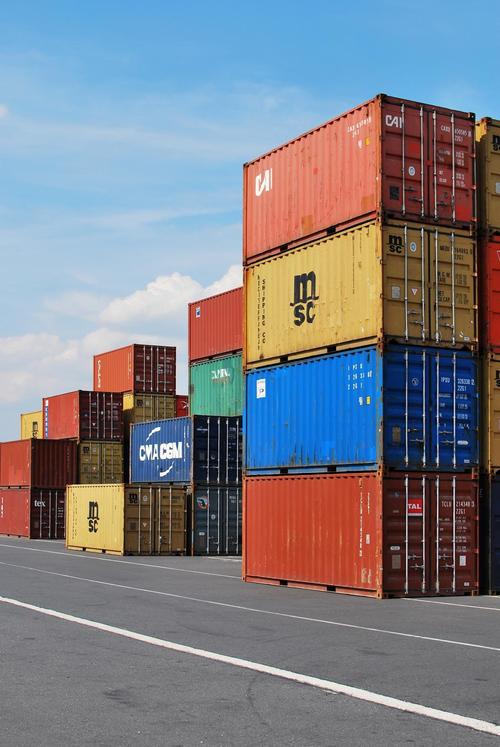Engaging in international trade with the Philippines offers significant opportunities, but it also comes with various risks. Whether you’re an exporter, importer, or involved in any aspect of trade, understanding how to manage international trade risks to Philippines is crucial for safeguarding your business interests and ensuring long – term success. This guide will outline key strategies and practical steps to help you navigate and mitigate these risks effectively.
1. Conduct Thorough Market Research
Analyze Market Trends
Before entering the Philippine market, study the local economic conditions, consumer preferences, and industry trends. Identify potential demand for your products or services, as well as any emerging competitors. Understanding market dynamics allows you to make informed decisions and adapt your business strategies accordingly.
Evaluate Regulatory Environment
Familiarize yourself with the trade regulations, import/export policies, and tax laws in the Philippines. Changes in regulations can significantly impact your business operations. Stay updated through official government sources, industry associations, or consult with experts, similar to how experienced freight companies like China Top Freight keep abreast of shipping regulations.
2. Assess Political and Economic Risks
Monitor Political Stability
Political unrest or changes in government can disrupt trade activities. Keep a close eye on the political situation in the Philippines, including elections, policy reforms, and social movements. Consider the potential impact on your supply chain, market access, and business relationships.
Analyze Economic Factors
Economic fluctuations, such as currency devaluation, inflation, or changes in interest rates, can affect your profitability. Evaluate the Philippine economy’s stability and growth prospects. Use financial tools and forecasts to anticipate and manage economic risks, like hedging against currency fluctuations.
3. Manage Contractual and Legal Risks
Draft Clear Contracts
When entering into business agreements, ensure contracts are detailed, unambiguous, and cover all aspects of the transaction, including payment terms, delivery schedules, and dispute resolution mechanisms. Consult with legal professionals to ensure compliance with Philippine laws and international trade regulations.
Protect Intellectual Property
If your business involves intellectual property (IP), take steps to protect it in the Philippines. Register trademarks, patents, and copyrights as appropriate. Be vigilant against IP infringement and enforce your rights through legal channels if necessary.
4. Mitigate Supply Chain Risks
Diversify Suppliers
Relying on a single supplier can be risky. Identify and work with multiple suppliers in different regions to reduce the impact of disruptions, such as natural disasters, labor strikes, or production issues. This helps ensure a continuous supply of goods or services.
Strengthen Logistics and Transportation
Efficient logistics are essential for smooth trade. Choose reliable freight forwarders and carriers, and establish contingency plans for transportation delays or disruptions. Similar to how experienced freight companies manage shipping operations, effective logistics management minimizes supply chain risks.
5. Manage Financial Risks
Set Clear Payment Terms
Establish clear payment terms with your partners to avoid payment disputes. Consider using secure payment methods, such as letters of credit, to protect your interests. Monitor accounts receivable closely and follow up on overdue payments promptly.
Evaluate Creditworthiness
Before extending credit to customers in the Philippines, assess their creditworthiness. Check their financial stability, payment history, and references. Set appropriate credit limits to manage the risk of non – payment.
In conclusion, effectively learning how to manage international trade risks to Philippines requires a proactive and comprehensive approach. By conducting thorough research, assessing various risks, managing contracts and legal aspects, mitigating supply chain disruptions, and handling financial risks, you can protect your business and thrive in the Philippine market. Whether you’re new to trading with the Philippines or looking to enhance your risk management strategies, this guide provides valuable insights for a successful international trade venture. Utilize China Top Freight to help solve the problems you are facing. Contact us today to embark on your smooth transportation journey!


